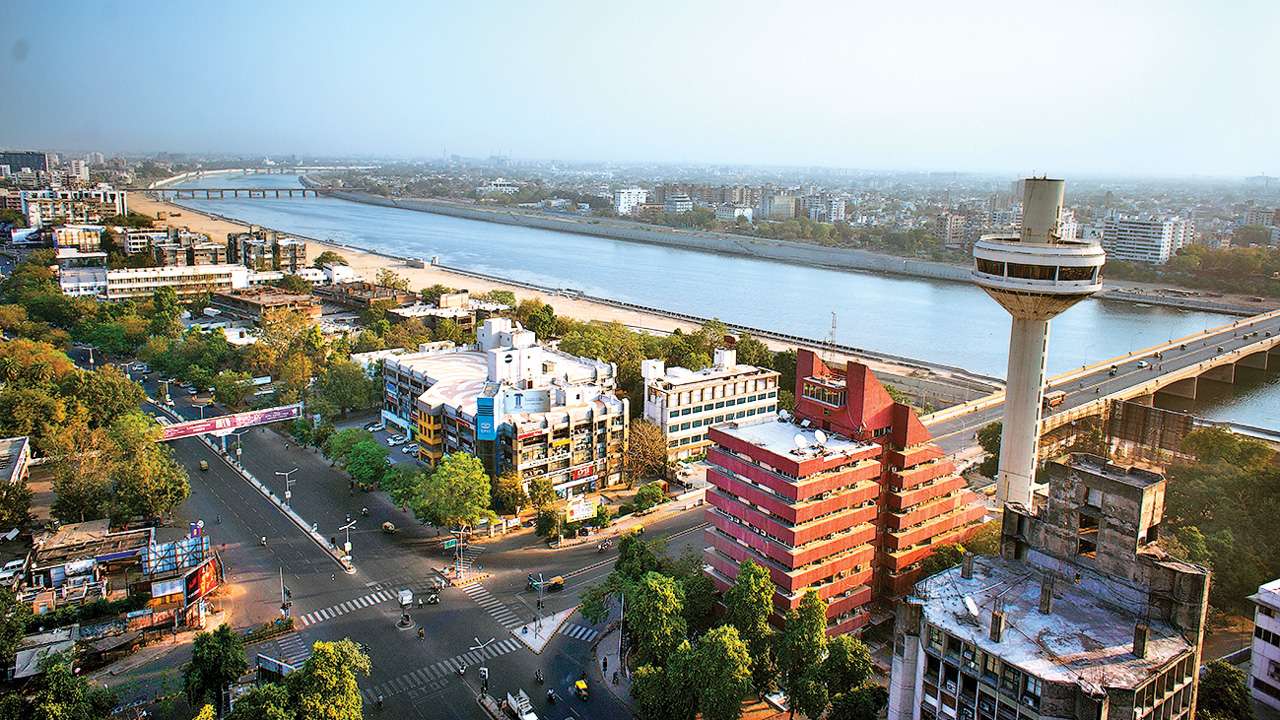Why you should Ahmedabad rightnow with your family and frinds

Ahmedabad, the commercial hub of Gujarat, will be the seventh largest town in India. This business centre of India has attracted a lot of trendsetters as well as tycoons from the highly competitive field, which makes the city highly changing, innovative and investing. Beyond the Ahmedabad's commercial persona, the city also features an attractive cultural scene featuring the eclectic influences of its Mughal beginnings, colonial connections and a pool of Gujarati individuals. Also, Ahmedabad has numerous tourism places to check out as Kankaria Lake, Sabarmati Ashram, Calico Museum of Textiles, Hathee Singh Temple, Sarkhej Roza, and so on.
Legends say the city owes the foundation of its to Sultan Ahmed Shah. While mountaineering Sultan Ahmed Shah encountered a warren of rabbits on the bank of the Sabarmati river. Astonishingly, the rabbits switched fiercely on the hounds of his and defended their territory. Considering this as an auspicious sign, Sultan Ahmed Shah built this part as his new capital and also named it after himself Ahmedabad. Till today, Ahmedabad has saw the principle of countless rulers, beginning from Sultanate rulers during 1487, Mughal rulers in 1573, Maratha rulers in 1753 and later was obtained over with the East India Company within the year 1818. Until 1960, Gandhinagar was the capital of Gujarat.
A heady mixture of combination of Indian and western impact, Ahmedabad is a cultural melting point. There's an interesting blend of places when one moves holding a holiday to Ahmedabad. Sabarmati River divides Ahmedabad into 2 parts - the old city and the new Ahmedabad.

Old City is on the west side of the river and is surrounded by a 10 km long wall. Maze of jampacked bazaars, exquisitely carved temples, sub terrain stepwell, magnificent gates, gigantic monuments, all these items together makes the old city. Bhadra Fort, Jama Masjid, Ahmed Shah's Mosque, Siddi Saiyad's Tomb and Mosque of Ahmed Shah are amongst the highlighted tourist attractions of the existing Ahmedabad. All of the monuments, temples, forts, pols and havelis within the western component of Ahmedabad are the testimony to the aesthetic appeal that is inherent in Gujarat.
The colonial time saw the expansion of the city to the west side of Sabarmati, facilitated by the development of Ellis Bridge in 1875 and eventually the relatively contemporary Nehru Bridge. Towards the west aspect of the magnificent Sabarmati River could be the New Ahmedabad featuring some finest illustrations of the contemporary style architecture of Le Corbusier and the American architect, Louis Kahn. The new city on the west side is almost all built in the last 50 years. This specific section of Ahmedabad has malls, wide roads, and several major universities.
Ahmedabad is majorly an essential educational tourism location of India. With academic centres including National Institute of Design as well as Indian Institute of Management, the colleges of the city nurture the best talent in business and art. Though not amongst the famous traveler tourist attractions of Ahmedabad, these two prestigious organizations features good architecture, well-stocked libraries and manicured gardens. A great deal of industries are also investing in Ahmedabad. The community is the biggest internet business hub in Gujarat plus s favourite amongst the popular internet business giants of India. Owing to its numerous textile mills, Ahmedabad could the world since the "Manchester of the East."
Visit https://www.tripindicator.com/ahmedabad-activities/1/24558/N.html for Ahmedabad attractions, sightseeing tours, outdoor activities, water sports and day trips.
Visit https://wikitravel.org/en/Ahmedabad for more travel information.
